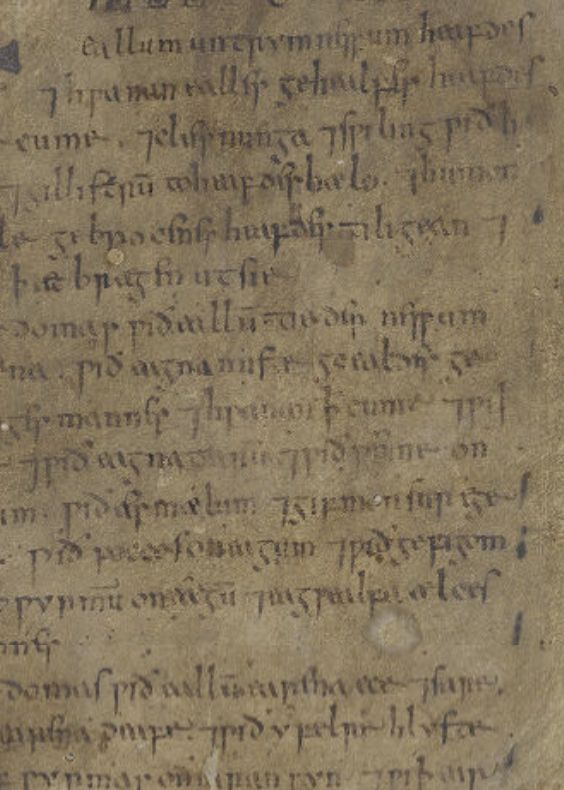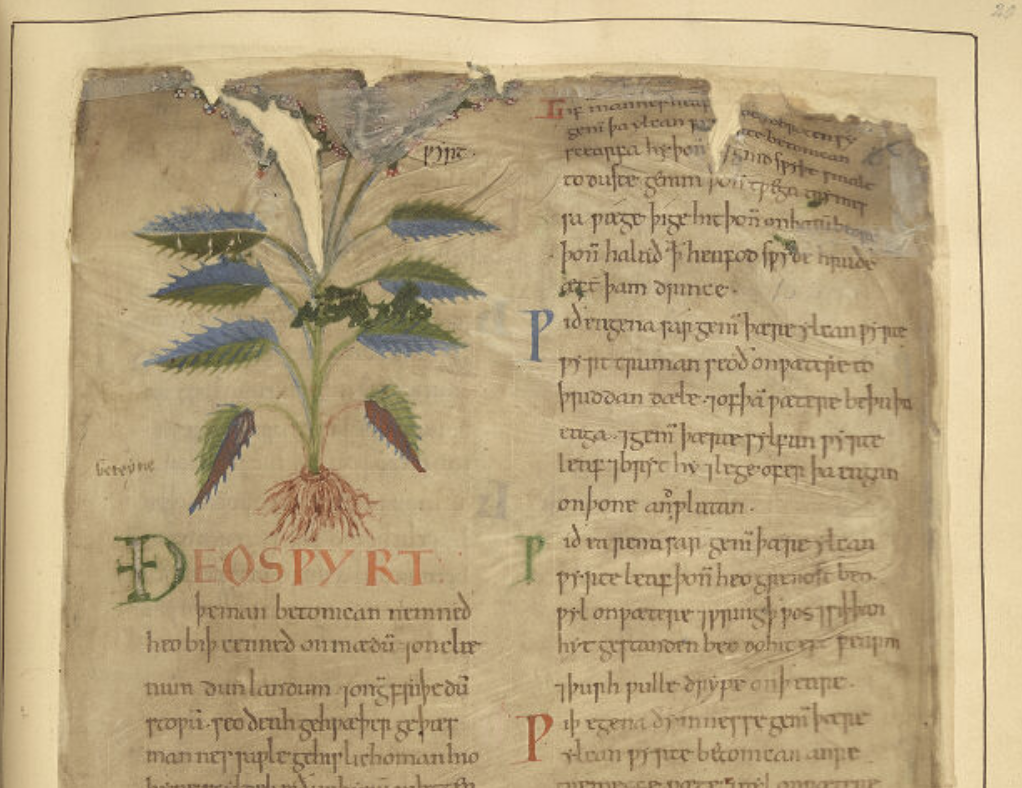New Project!
I had intended to start a new project in my Old English work. After making some progress toward it that I could show off in style, I'd then tell everyone about it. When my thesis theatre was new and fresh, I had told people I'd do something in the "poetry everybody knows and loves for the extremely specific value of everyone that includes Old English poetry enthusiasts" genre. Maybe "The Seafarer" or "The Wanderer" or "The Ruin". They're loved for a reason. Of course this also means they're pretty thoroughly researched and widely available, but I'm not trying to break fabulous new ground here, I'm trying to make things accessible in an enjoyable way.
If you are an academic or really a nerd of any sort, what comes next won't surprise you. None of the proposed things has happened. Not that I didn't start them, just that I got bored and left (which reminds me of what my husband says every time he picks up lumber for a woodworking job). I read some articles, bits of books I own, some blogs by other weirdos like me, and got sidetracked onto the topic of herbals. Many people who follow me (if you follow me, I mean on bluesky, which is where I'm busily posting away) are probably familiar with the concept of a "Bestiary". Pardon me while I retrace the tracks of how I got to where I am, but this tangent really got going when I received my new copy of Hana Videen's The Deorhord: An Old English Bestiary (currently on an incredible sale here apparently).
I started roaming through texts and found a book on Old English medicine called Leechdoms, Wortcunning, and Starcraft Early English. This proved to be a dense and unenjoyable collection of un-OCR-able Greek, modern English, Latin, and Old English, with the Reverend Oswald Cockayne's own prose taking up most of the book and boring me immensely. I want Old English, not Old Professors.
As you may be starting to suspect, I have no stylish things to show you, just more meanderings. My next step was to see if I could locate the actual texts whence Reverend Cockayne had extracted his Leechdoms and his Wortcunning, and maybe even some Starcraft. Down the next rabbit hole, this one labeled "herbals", I found a new and exciting world of Old English "herbals", or books of plants. There are no bestiaries in Old English (there are Bestiary manuscripts from medieval England but they are in Latin). Digging through the British Library scans of various manuscripts, I discovered that Latin (which I don't read) and Old English (which I do) were so mixed up together, and often on such shabby or faint manuscripts as to be nearly indistinguishable, that I about gave up.

It was at this point I went metaphorically crying to a friend about my shortcomings as a scholar. Everything is so hard to locate. I am entirely on my own with no institutional support. My computer is small. The manuscripts are old. I am beginning to doubt my ability to read Old English at all. I can't possibly be a scholar. He pointed out to me that I sound exactly like a scholar. For some reason, this was exactly the thing I needed to hear. Maybe other scholars have it better than me. Maybe they aren't homeschooling and raising 4 children while being a stay at home mom, freelance editor, and piano teacher and have more than 2 hours total a week to do this sort of thing. But maybe they do have all these sorts of other things. Maybe it's this hard for all of them. And maybe it doesn't matter if it's super hard as long as I keep doing it.
When I am hunting through manuscript scans, I am happy. I mean I'm frustrated, aggravated, cranky, etc. But these are the happy form of those. And with enough time, they lead me to things like this:

Now this is something I want to know more about. What is it? What does the page tell me about it? When I started digitizing Old English texts, I said I wasn't going to work with manuscripts, I was going to work with facsimile editions and create diplomatic versions and translations in alignment for viewing. But gosh darn. I want to work with this manuscript. It's page after page of plants. It will probably take me ages to figure out even a single page. And it's going to be wonderful.